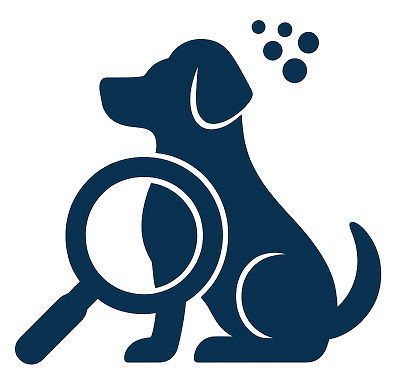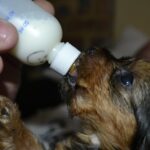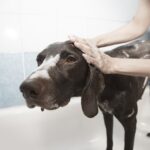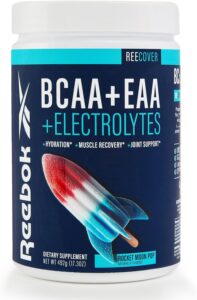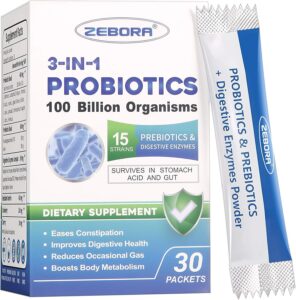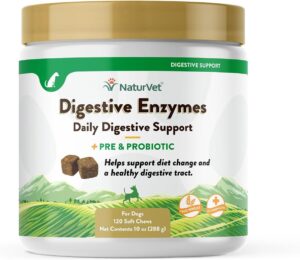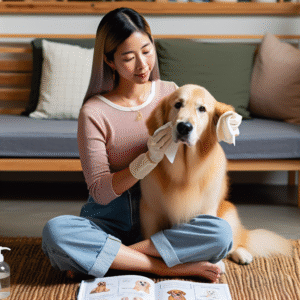
Bringing a new puppy into your home is an exciting and joyful experience. However, it also comes with the responsibility of ensuring that your environment is safe and secure for your furry friend. Puppies are naturally curious creatures, eager to explore their surroundings, which can sometimes lead to accidents or mishaps. To prevent any harm and create a safe haven for your new companion, it’s crucial to puppy-proof your home. This article will guide you through the essential tips for ensuring your home is a safe place for your puppy.
Understanding Puppy Behavior
Before diving into specific safety tips, it’s important to understand why puppies are prone to getting into trouble. Puppies explore the world mainly through their mouths, and they have an innate curiosity that drives them to investigate everything. This means they are likely to chew on objects, swallow small items, or get into spaces they shouldn’t. Their natural instincts and boundless energy make it essential for pet owners to anticipate potential hazards.
General Safety Measures
1. Remove Small Objects
Puppies are notorious for swallowing small objects that can cause choking or intestinal blockages. Make sure to remove or securely store items such as coins, jewelry, small toys, and any other tiny objects that could be easily swallowed.
2. Secure Electrical Cords
Electrical cords can be very dangerous if chewed. Use cord organizers or covers to keep cords out of reach, or tape them down securely. Consider unplugging appliances when they are not in use, and keep chargers and wires off the floor.
3. Install Baby Gates
Use baby gates to block off areas that are unsafe or off-limits to your puppy. These can include stairs, kitchens, or rooms with delicate items. Baby gates also help in containing your puppy in a safe area when you’re unable to supervise them directly.
Kitchen Safety
1. Store Food Securely
Many human foods are toxic to dogs, such as chocolate, grapes, onions, and garlic. Keep all food items stored in cabinets or on high shelves. Ensure trash cans have secure lids or are placed in cabinets to prevent your puppy from accessing them.
2. Keep Cleaning Supplies Out of Reach
Cleaning supplies can be toxic if ingested. Store these products in cabinets with child-proof locks or on high shelves. Always ensure that any spills are cleaned up immediately.
Living Room Safety
1. Protect Furniture
Puppies may view furniture as potential chew toys. Use deterrent sprays on furniture to discourage chewing, and provide plenty of chew toys to redirect their attention.
2. Secure Heavy Items
Ensure that heavy items, such as bookshelves and televisions, are anchored to the wall to prevent them from tipping over if your puppy jumps or pulls on them.
Bathroom Safety
1. Secure Toiletries
Toiletries and medications should be stored in cabinets with child-proof locks. Even seemingly innocuous items, like toothpaste or soap, can be harmful if ingested.
2. Close Toilet Lids
To prevent your puppy from drinking toilet water, always keep the toilet lid closed. You can also use a toilet seat lock for added security.
Bedroom Safety
1. Protect Personal Items
Keep personal items, such as shoes, clothing, and jewelry, out of reach. These can be tempting for puppies to chew on and can be harmful if swallowed.
2. Secure Cords and Blinds
Loose cords from blinds can pose a strangulation hazard. Secure cords out of reach or use cordless blinds to eliminate this risk entirely.
Outdoor Safety
1. Fencing
Ensure that your yard is securely fenced to prevent your puppy from escaping. Check for any gaps or holes in the fence that a small puppy could squeeze through.
2. Remove Toxic Plants
Many common garden plants can be toxic to dogs. Research and remove any plants that are harmful if ingested, such as azaleas, lilies, and rhododendrons.
Final Thoughts on Puppy-Proofing
Puppy-proofing your home is an ongoing process that requires vigilance and adaptability as your puppy grows and explores new areas. Regularly assess your home environment for potential hazards and make adjustments as needed. By taking proactive steps to create a safe space, you can prevent accidents and ensure that your puppy grows up healthy and happy.
Conclusion
Welcoming a puppy into your home is a rewarding experience, but it comes with the responsibility of ensuring their safety. By understanding their behavior and taking the necessary precautions, you can create a safe environment where your puppy can thrive. From securing electrical cords to removing toxic plants, each step you take contributes to your puppy’s well-being. With a little effort and planning, you can provide a loving and secure home for your new furry family member.
“`
#ChatGPT assisted in the creation of this article.
